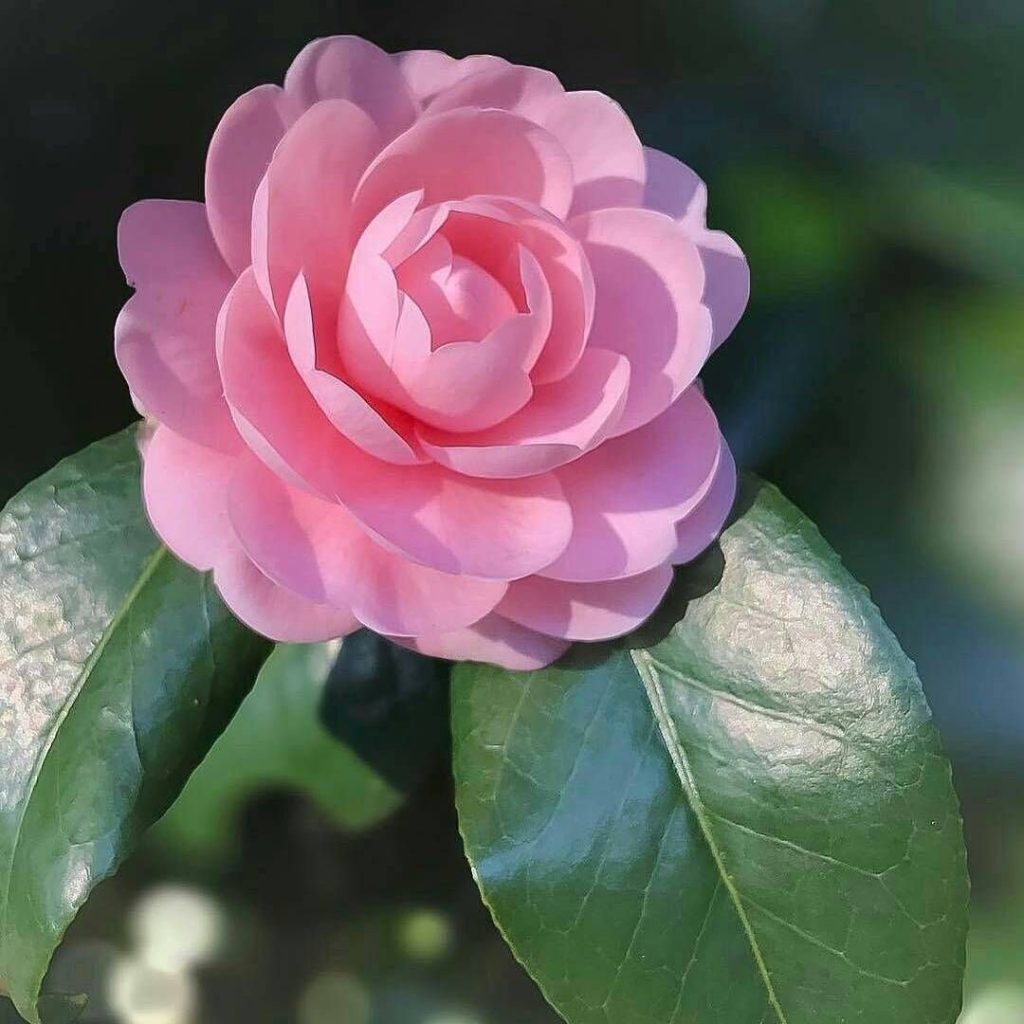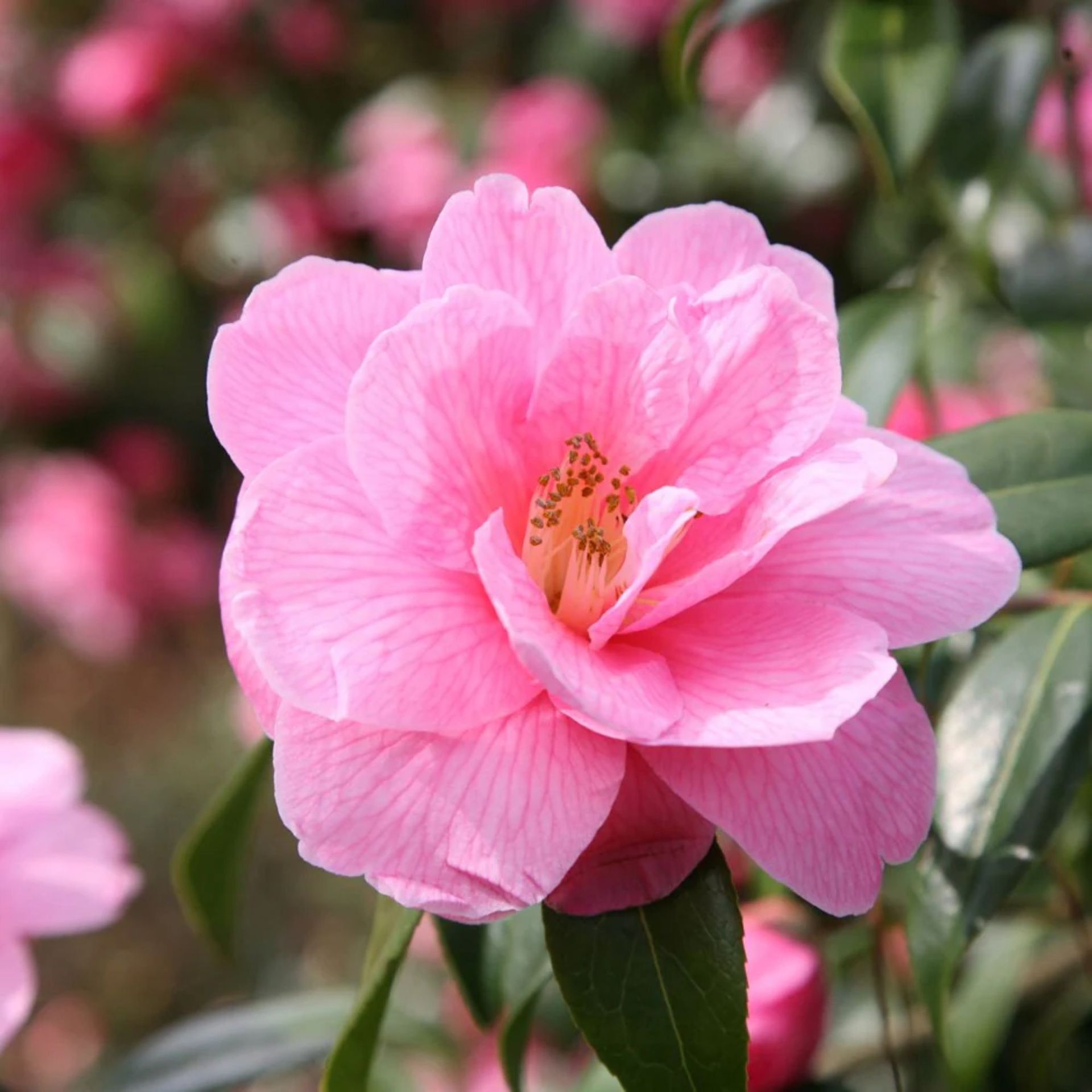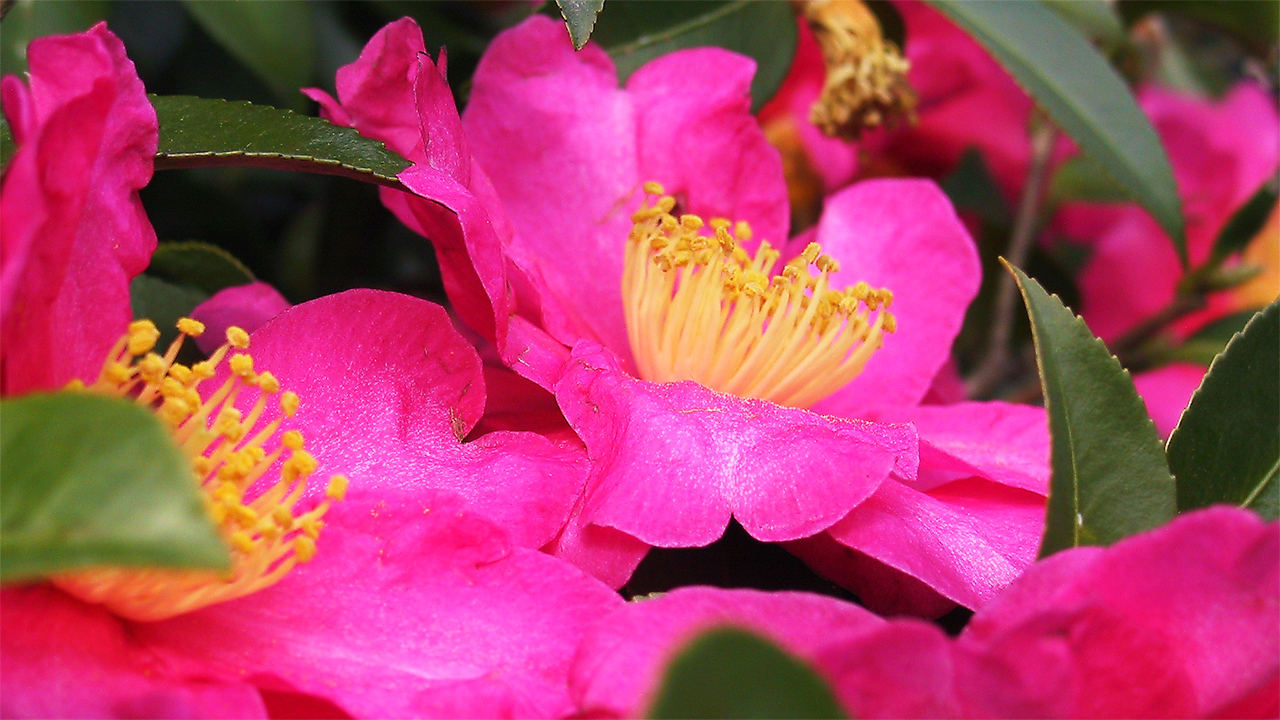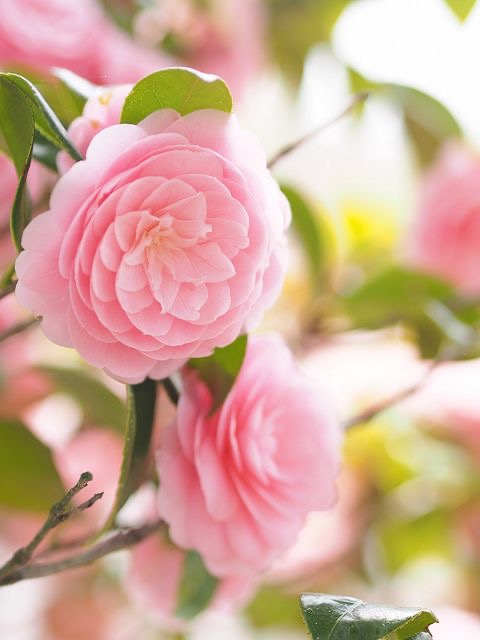The Timeless Elegance of Camellias: A Guide to Cultivating and Appreciating these Winter Bloomers

The camellia, with its glossy evergreen foliage and stunningly beautiful blooms, has captivated hearts for centuries. Originating in East Asia, these elegant shrubs and trees have journeyed across continents to become cherished additions to gardens worldwide. From the classic Camellia japonica to the tea-producing Camellia sinensis, the genus Camellia offers a diverse range of species and cultivars, each with its unique charm and appeal. This article delves into the fascinating world of camellias, exploring their history, characteristics, cultivation, and the reasons behind their enduring popularity.
A Journey Through Time: The History of Camellias
The story of the camellia begins in the ancient lands of East Asia, primarily in China, Japan, and Korea. Archaeological evidence suggests that camellias have been cultivated for thousands of years, initially valued for their medicinal properties and the oil extracted from their seeds.
China: In China, camellias, particularly Camellia japonica, were revered for their beauty and symbolism. They were often depicted in art and literature, representing longevity, good fortune, and love. During the Tang Dynasty (618-907 AD), camellias became a popular ornamental plant in imperial gardens and were later embraced by scholars and artists. The cultivation of Camellia sinensis, the tea plant, has been integral to Chinese culture for millennia, providing both a beverage and a significant source of income.
Japan: Camellias, known as "Tsubaki" in Japanese, were introduced to Japan from China centuries ago. They quickly gained popularity, becoming associated with samurai culture and used in traditional tea ceremonies. The single-flowered Camellia japonica varieties, with their simple elegance, were particularly favored. The Japanese developed countless cultivars, showcasing a remarkable diversity in flower form, color, and size.
Europe: Camellias first arrived in Europe in the 18th century, brought back by explorers and botanists. They were initially grown in greenhouses due to the colder European climate. The introduction of Camellia japonica sparked a frenzy among wealthy collectors, who eagerly sought out new and rare varieties. In time, hardier cultivars were developed, allowing camellias to be grown outdoors in milder regions of Europe.
America: Camellias arrived in America in the late 18th century, quickly gaining popularity in the Southern states, where the warm climate and acidic soil provided ideal growing conditions. Plantations and estates embraced camellias as symbols of wealth and sophistication. Today, camellias are widely cultivated throughout the United States, from California to the Carolinas, and continue to be cherished for their beauty and versatility.


Unveiling the Beauty: Characteristics of Camellias
Camellias are evergreen shrubs or small trees that belong to the Theaceae family. They are characterized by their glossy, leathery leaves and their exquisite flowers, which bloom primarily in the winter and early spring, providing a welcome burst of color during the dormant season.
Foliage: Camellia leaves are typically oval or elliptical in shape, with serrated edges and a deep green color. The leaves are thick and waxy, giving them a lustrous appearance. The evergreen nature of the foliage provides year-round interest in the garden.
Flowers: Camellia flowers are the main attraction, showcasing a wide array of forms, colors, and sizes. The flowers can be single, semi-double, formal double, informal double, or peony-form, depending on the arrangement of the petals and stamens. Flower colors range from pure white to various shades of pink, red, and even yellow. Some cultivars feature variegated flowers with streaks or spots of different colors. The size of the flowers can vary from small, delicate blooms to large, showy blossoms that can reach up to 5 inches in diameter.
Bloom Time: One of the most appealing features of camellias is their bloom time, which typically occurs during the winter and early spring months. This makes them valuable additions to gardens that may otherwise lack color during this period. The specific bloom time varies depending on the species and cultivar, as well as the climate in which they are grown.
Growth Habit: Camellias exhibit a variety of growth habits, ranging from compact, shrubby forms to more upright, tree-like forms. Some cultivars are naturally dwarf, making them suitable for containers or small gardens. The size of camellias can vary depending on the species and cultivar, with some reaching heights of up to 20 feet or more.

Cultivating Elegance: Growing and Caring for Camellias
While camellias are relatively easy to grow, providing them with the right conditions is essential for their health and beauty.
Climate: Camellias thrive in mild climates with moderate temperatures and high humidity. They prefer partial shade, especially during the hottest part of the day. In colder regions, camellias can be grown in containers and brought indoors during the winter months.
Soil: Camellias require acidic soil with good drainage. A soil pH of 6.0 to 6.5 is ideal. Amending the soil with organic matter, such as peat moss or compost, can improve drainage and provide essential nutrients.
Watering: Camellias need regular watering, especially during dry periods. However, it is important to avoid overwatering, as this can lead to root rot. Water deeply and allow the soil to dry slightly between waterings.
Fertilizing: Camellias benefit from regular fertilization, especially during the growing season. Use a fertilizer specifically formulated for camellias or acid-loving plants. Follow the instructions on the fertilizer label carefully.
Pruning: Pruning camellias is generally not necessary, but it can be done to shape the plant, remove dead or damaged branches, or improve air circulation. The best time to prune camellias is after they have finished blooming.
Pests and Diseases: Camellias are generally resistant to pests and diseases, but they can be susceptible to certain problems, such as aphids, scale, and petal blight. Inspect plants regularly for signs of pests or diseases and take appropriate action if necessary.
Beyond Beauty: The Versatility of Camellias
Camellias are not only beautiful ornamental plants but also offer a range of practical uses.
Tea Production: Camellia sinensis, the tea plant, is the source of all true teas, including black tea, green tea, and oolong tea. The leaves are harvested and processed to create a beverage enjoyed by millions around the world.
Oil Production: Camellia seeds contain a high percentage of oil, which can be extracted and used for cooking, cosmetics, and other purposes. Camellia oil is known for its light flavor and health benefits.
Ornamental Uses: Camellias are widely used as ornamental plants in gardens and landscapes. They can be grown as specimen plants, hedges, or in containers. Their beautiful flowers and evergreen foliage add color and interest to any setting.
Medicinal Uses: In traditional medicine, camellias have been used to treat a variety of ailments. Camellia sinensis, in particular, is known for its antioxidant and anti-inflammatory properties.
Frequently Asked Questions (FAQ)
Q: What is the best time to plant camellias?
A: The best time to plant camellias is in the fall or early spring, when the weather is cool and moist.
Q: How much sunlight do camellias need?
A: Camellias prefer partial shade, especially during the hottest part of the day. They can tolerate full sun in cooler climates.
Q: How often should I water camellias?
A: Water camellias regularly, especially during dry periods. Avoid overwatering, as this can lead to root rot.
Q: How do I fertilize camellias?
A: Fertilize camellias regularly during the growing season with a fertilizer specifically formulated for camellias or acid-loving plants.
Q: How do I prune camellias?
A: Pruning camellias is generally not necessary, but it can be done to shape the plant, remove dead or damaged branches, or improve air circulation. The best time to prune camellias is after they have finished blooming.
Q: What are some common problems with camellias?
A: Common problems with camellias include aphids, scale, petal blight, and root rot.
Q: Can I grow camellias in containers?
A: Yes, camellias can be grown in containers. Choose a container that is large enough to accommodate the plant’s root system and use a well-draining potting mix.
Q: What is petal blight?
A: Petal blight is a fungal disease that causes camellia flowers to turn brown and mushy. It is best to remove infected flowers and spray with a fungicide.
Q: Are camellias deer resistant?
A: Camellias are generally considered to be deer resistant, but deer may browse on them if other food sources are scarce.
Q: How long do camellias live?
A: Camellias can live for many years, even centuries, with proper care.
Conclusion: A Legacy of Beauty and Grace
Camellias, with their rich history, elegant beauty, and versatile nature, continue to captivate gardeners and plant enthusiasts around the world. From the tea fields of China to the ornamental gardens of Europe and America, camellias have left an indelible mark on culture and horticulture. Whether you are drawn to the classic charm of Camellia japonica, the tea-producing properties of Camellia sinensis, or the unique beauty of other species and cultivars, camellias offer a timeless elegance that will enhance any garden or landscape. By understanding their needs and providing them with the right conditions, you can enjoy the beauty and grace of these remarkable plants for many years to come. The camellia is more than just a flower; it’s a symbol of resilience, beauty, and the enduring power of nature.

